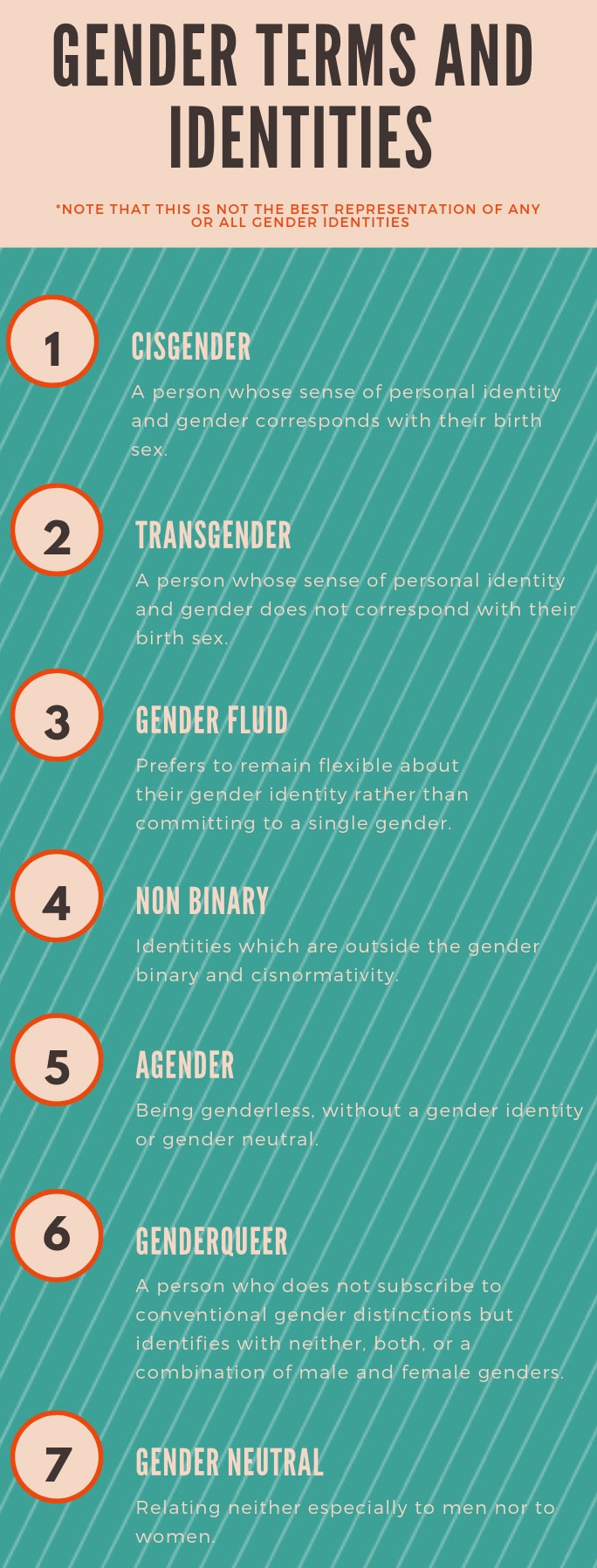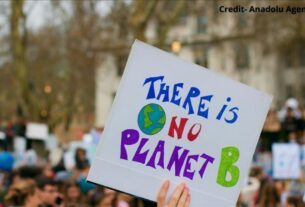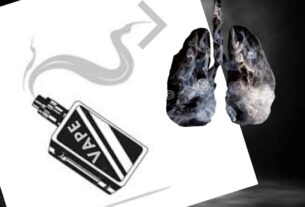Discrimination against gender nonconforming, non-binary, and transgender people prevails
Taking into account how the Transgender Persons (Protection of Rights Bill of 2018), and Trafficking of Persons (Prevention, Protection, and Rehabilitation Bill of 2018) saw a huge backlash by the transgender/gender non-conforming community, it can very easily be deduced that no matter how many amendments are made to the already existing laws, the community still doesn’t get treated equally.
According to Lambda Legal, “Gender-nonconforming refers to individuals whose external manifestation of their gender identity doesn’t conform to society’s expectations of gender roles.”
Mykidisgay.com explains what gender nonconformity is and how it is different from other terms. “Gender nonconforming is used as an identity term in two ways. First, it can be used as an umbrella term to describe people who, regardless of their gender identity do not adhere to gender expectations. People often call them to gender non conforming (GNC)”
“Second, people can use the term gender nonconforming as a label for their own gender identity. Much like the identity term non-binary, people who use gender non-conforming to describe their identity do not fit in the traditional categories of ‘men’ or ‘women.’
Non-binary community don’t identify with the gender they were assigned at birth..”
“For example, some gender non-conforming people identify as ‘gender nonconforming men’ or ‘gender non-conforming women.’ If this seems a little confusing, consider those gender categories are not mutually exclusive. In other words, people don’t always have just one gender.

Samantha, a Bengaluru resident who told The Softcopy that they identify as gender nonconforming but were born male, said that they mostly have a problem with the fact that they do not have enough visibility and are discriminated on what they wear. “I like wearing sarees. I get cat-called while trying to get to any place. It’s torture because it’s the 21st century and its time people got around the fact that yes, we do exist.”
According to IAS Score.com, “The main problems that are being faced by the gender non-conforming community is discrimination, unemployment, lack of educational facilities, homelessness, and lack of medical facilities, such as HIV care and hygiene, depression, hormone pill abuse, tobacco and alcohol abuse, penectomy, and problems related to marriage and adoption.”
Another problem, according to the website, is public sanitation. “They have no access to public bathrooms and toilets. The lack of access to public spaces is illustrative of the discrimination they faced in availing each facility and amenities. ”
The website suggests various reforms that could help curb this crisis. “Civil rights under the law such as the right to get a passport, ration card, make a will, inherit property, and adopt children, must be available to all regardless of the change in gender/sex identities.
A comprehensive sex-education program should be included as part of the school curriculum that alters the heterosexist bias in education, provides judgement-free information and fosters a liberal outlook with regard to matters of sexuality, including orientation, identity and behaviour of all genders. Vocational training centres should be established for giving the transgender new occupational opportunities.”




